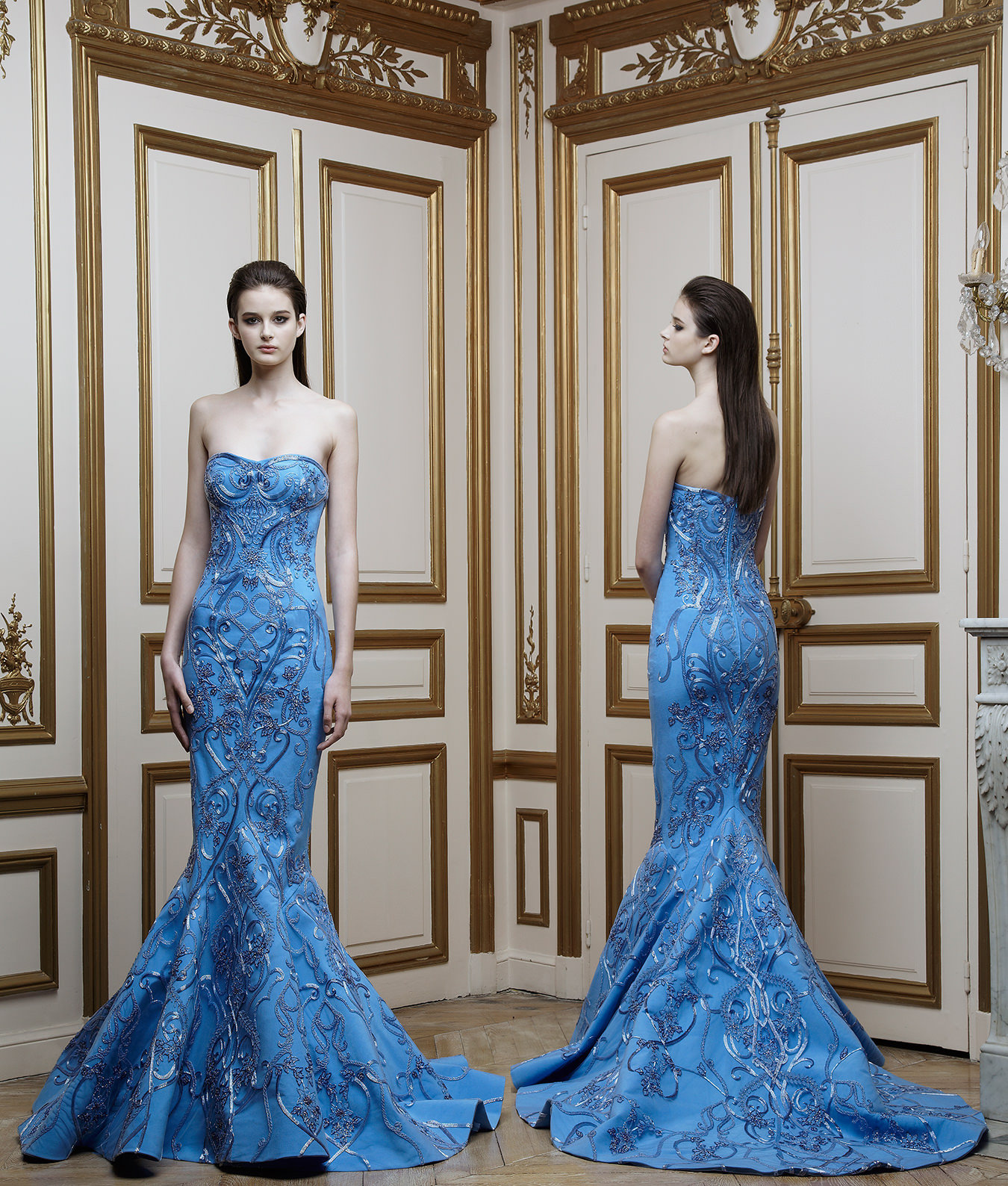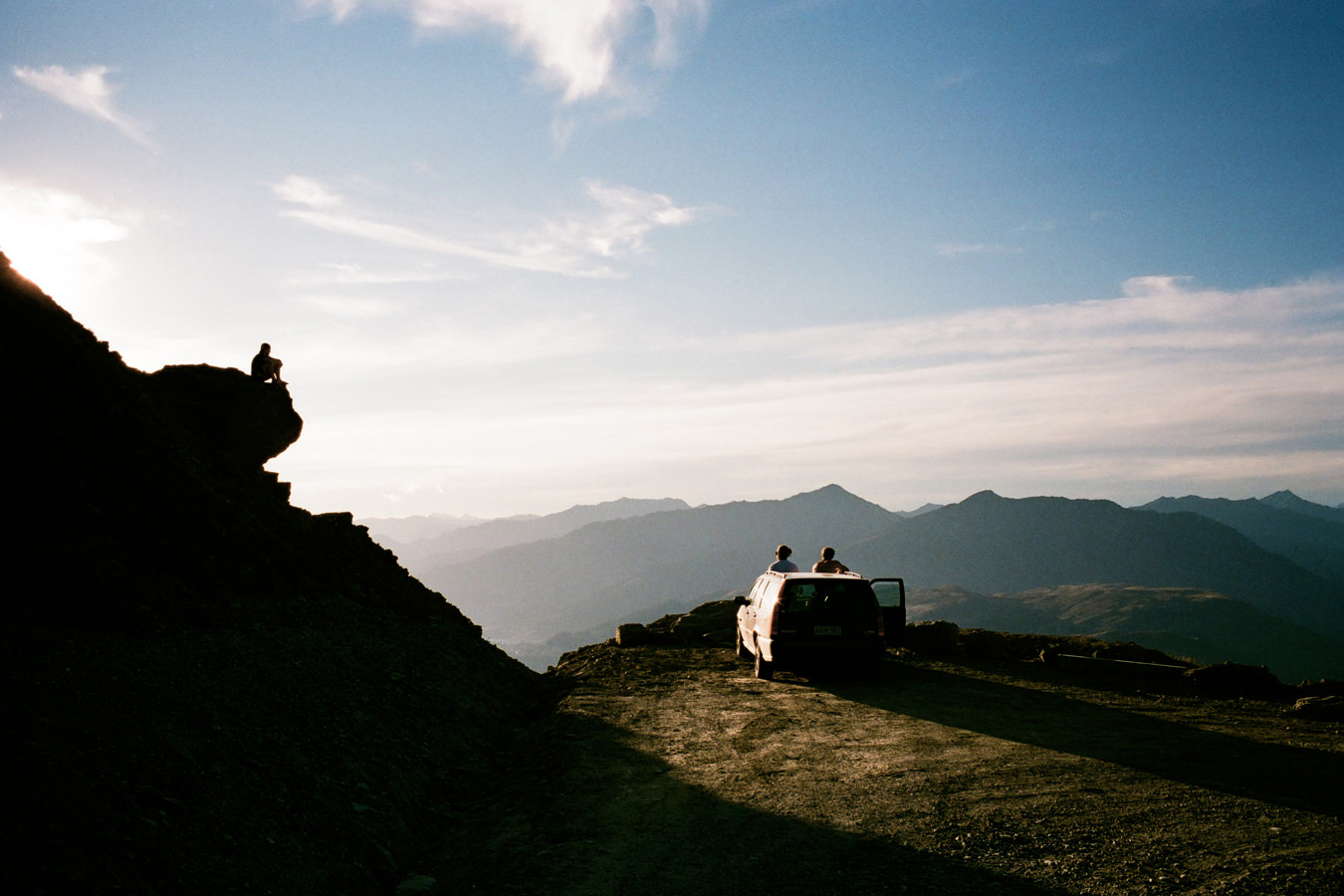-
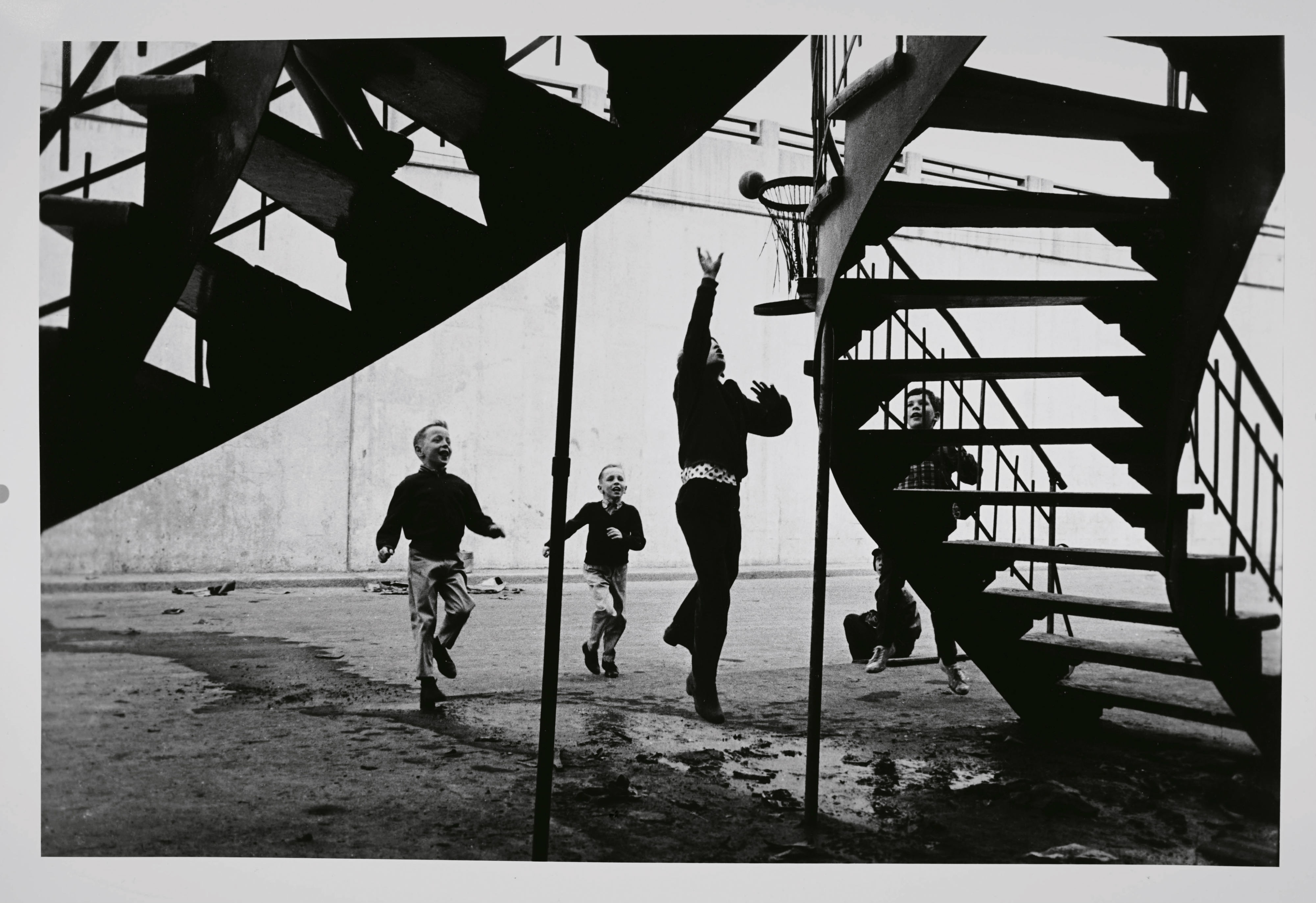
Children play. Circa 1959. Photo by Gabor Szilasi.
-
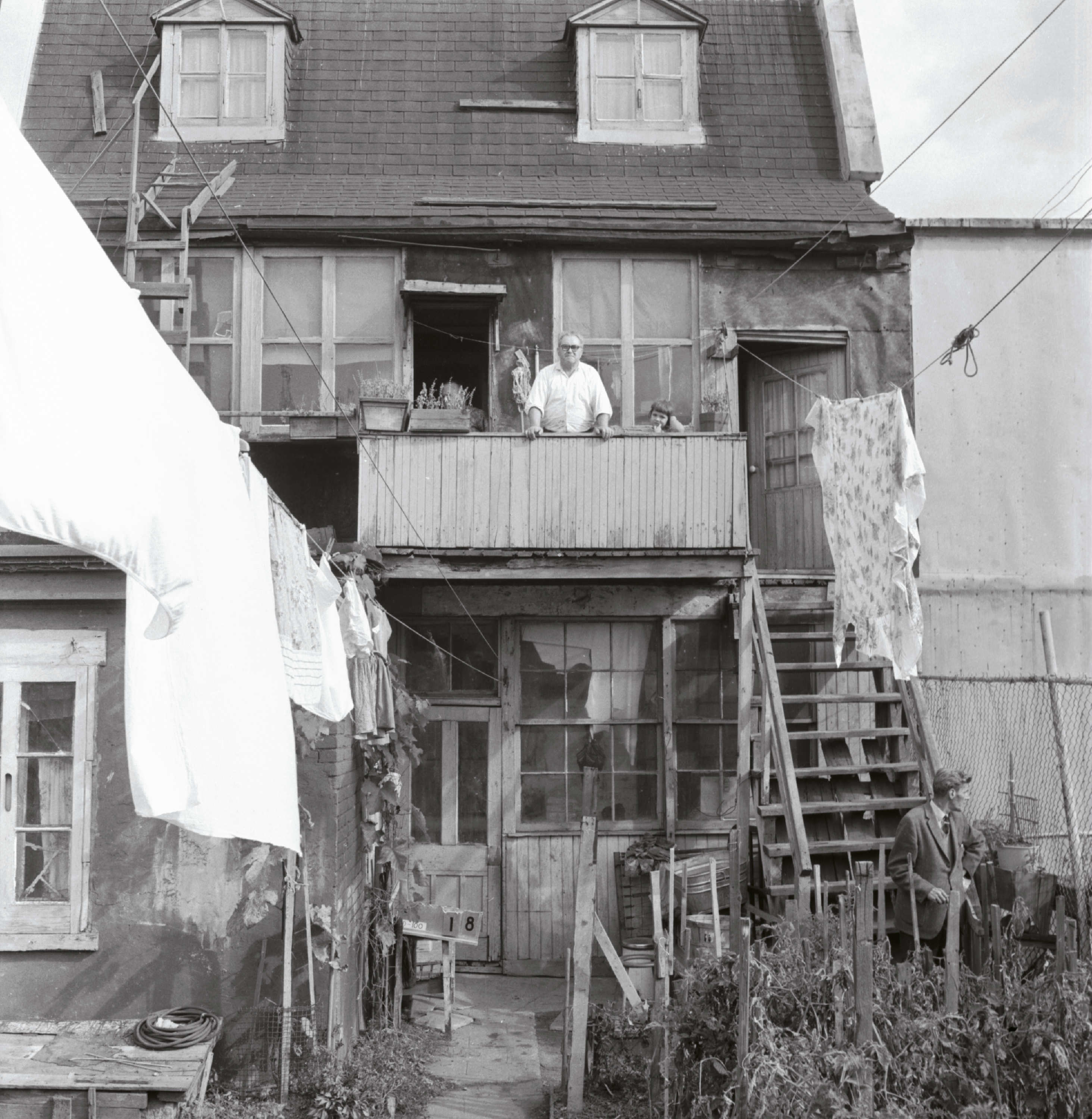
Buildings Slated to be Demolished in Victoriatown (Goose Village), Jean-Paul Gill and Ludger L’Écuyer, circa 1963, from the City of Montreal Archives.
-

Young Boys in the Street, Paul-Marc Auger, circa 1940, from the McCord Museum.
-
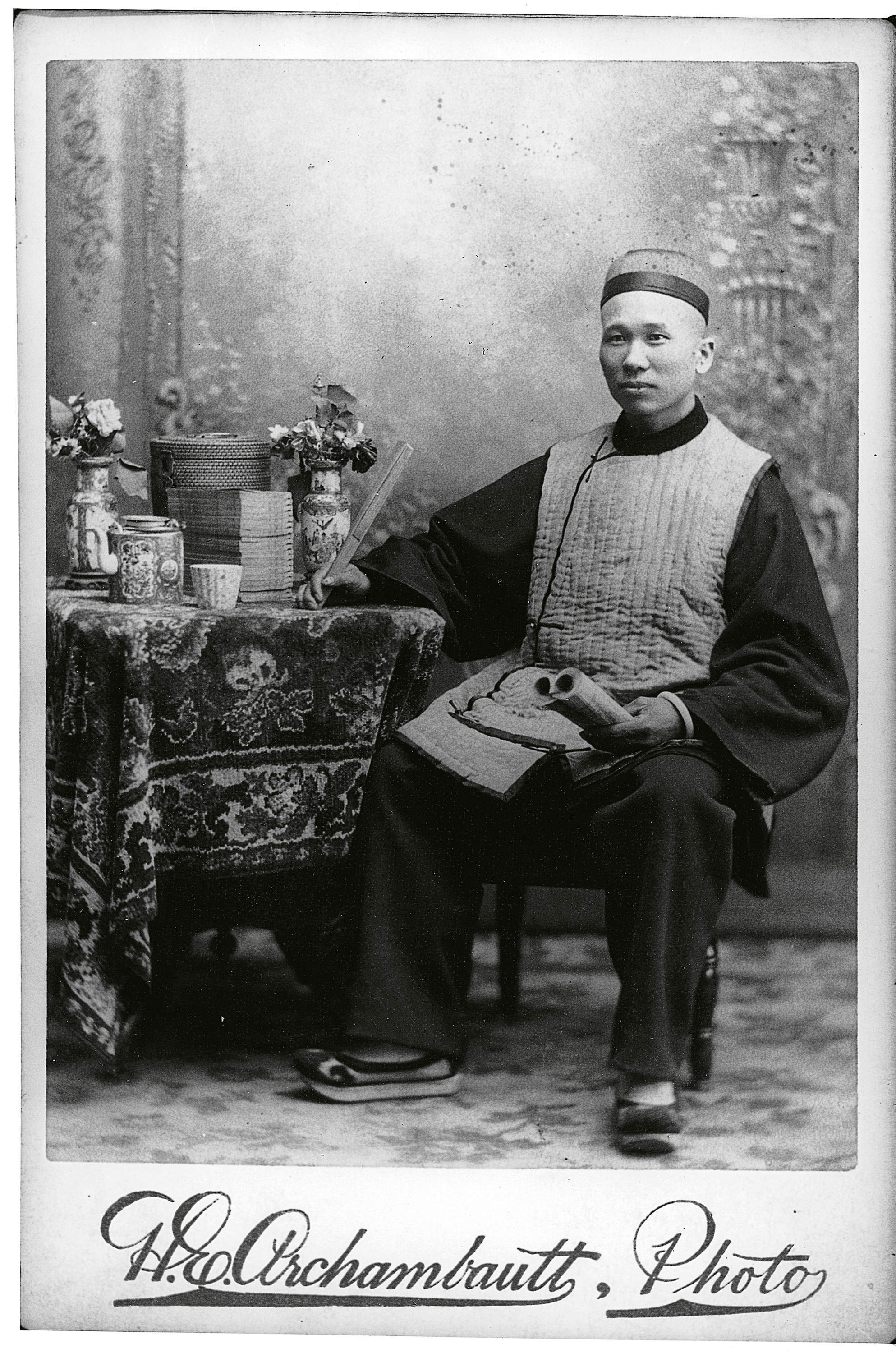
Hoo Goon, H.E. Archambault, circa 1890, from the McCord Museum.
-
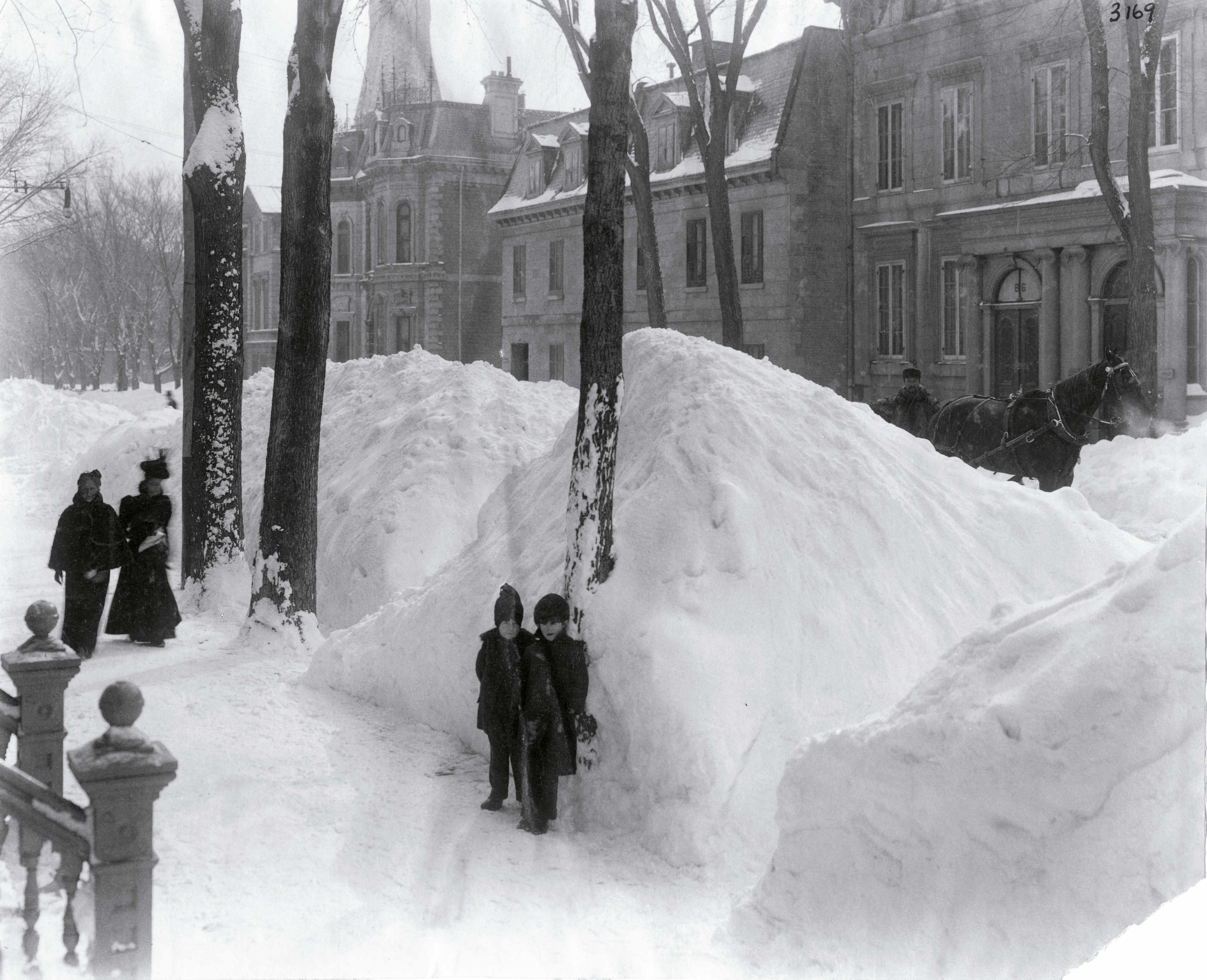
Union Avenue, William Notman & Son, circa 1900, from the McCord Museum.
-
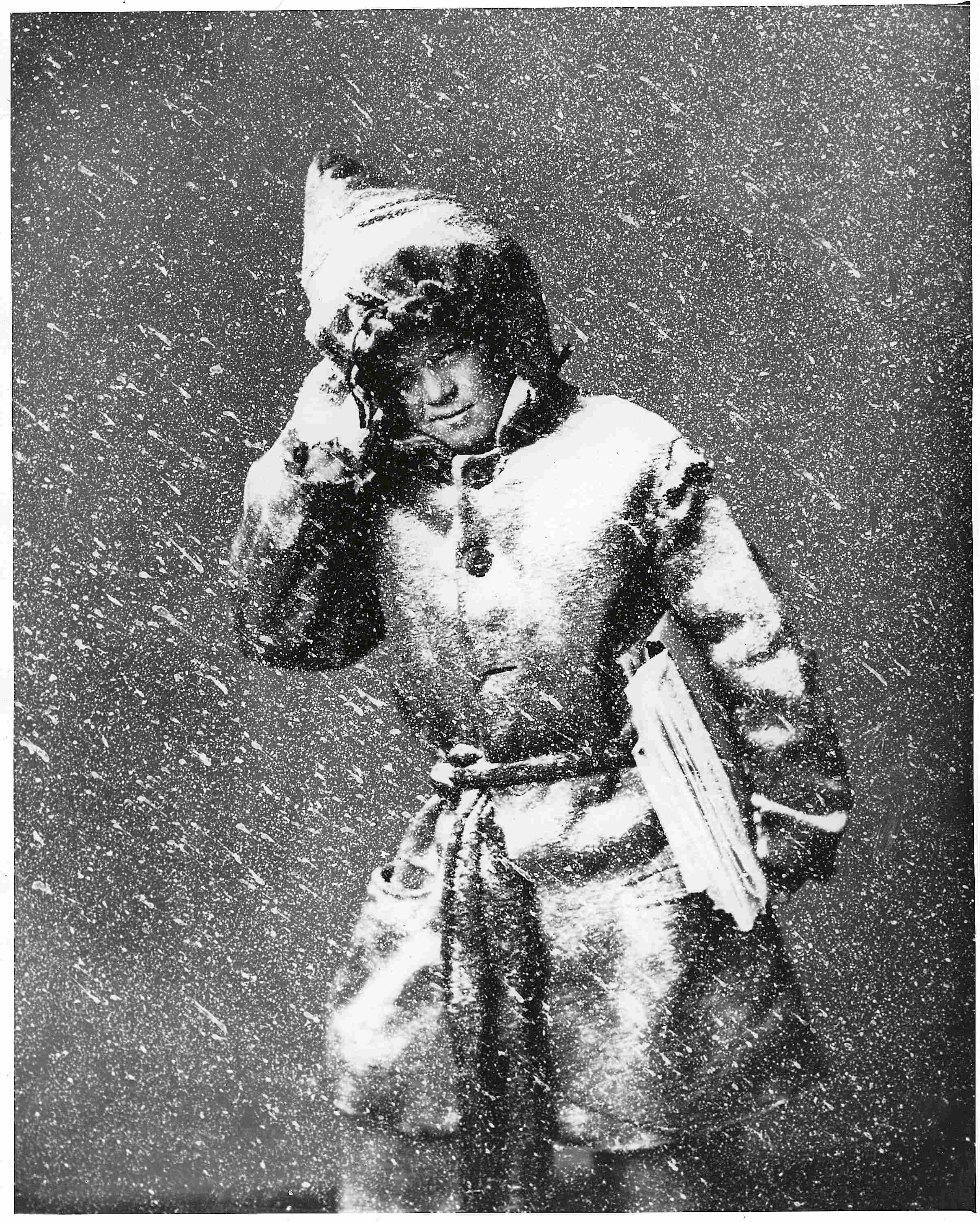
Newsboy in the Street, William Notman 1866, circa 1905, from the McCord Museum.
-
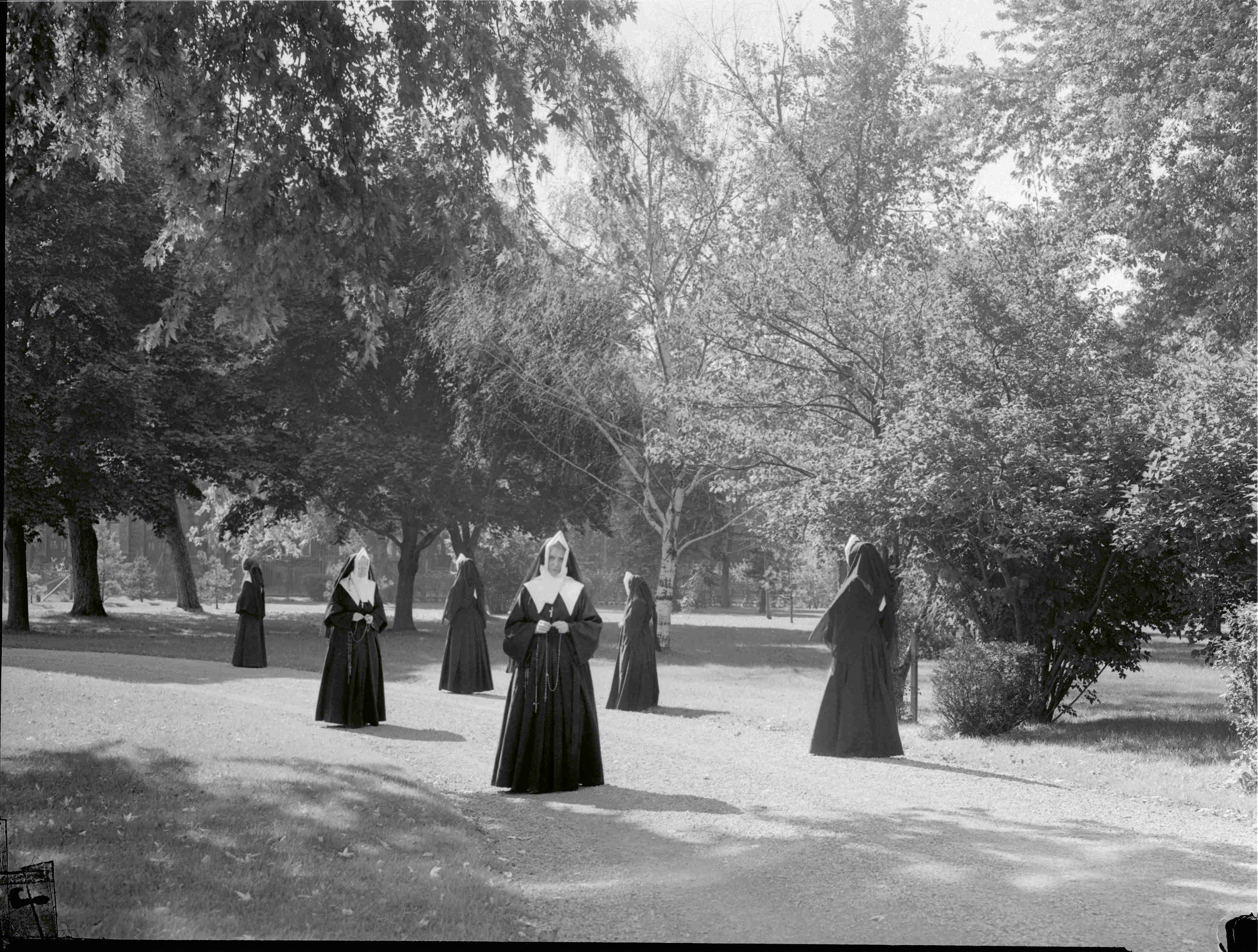
Nuns at Convent, Conrad Poirier, 1946, from BAnQ.
Montrealers: A Story in Portraits
More than 100 years of images.
In the 1920s, German photographer August Sander attempted to chronicle the social world of Berlin as a way to plumb the cities depths, documenting his efforts in his book, Face of our Time. Sander’s work served, in part, as inspiration for Jean-François Nadeau, associate director of information for the Montreal daily Le Devoir, whose 2016 black and white photography book Montrealers: A Story in Portraits, chronicles the human face of Montreal from the mid-19th century until 1976 (when colour photography was widely adopted).
“I wanted to show not just the city, but the people who made the city,” explains Nadeau of the project, which took him five years of photo-researching through civic archives and personal connections to compile. “I’m not looking at the past, but at the beginning of an era. It’s the same as childhood photos. I want to show different points of view to give a more complete idea of the beginning.”
“I’m not looking at the past, but at the beginning of an era.”
The history of photography has long ties with the city of Montreal—it seems many in the city adopted photo-taking while it was still a relatively new science, including Scottish-Canadian William Notman, said to be Canada’s first celebrity photographer, who lived in Montreal from 1856 until his death in 1891. Notman photographed the construction of the Victoria Bridge across the St. Lawrence River, and his pictures, sent to the Queen, pleased her so much that she named him her official photographer. He was especially keen on capturing the effect and sensation of snow on film—which he did by recreating wintery scenes inside his studio, helping to construct a Canadian identity. Not all the photographers Nadeau includes in the compilation were as well-known as Notman. In fact, many, including the mysterious yet prolific “Mrs. Fletcher”, a female photographer who set up shop in Old Montreal circa 1841, are obscure. “For some reason, we’ve lost track of a lot of different links, a lot of good photos have been taken by people we don’t know at all,” says Nadeau.
Through its images of factory workers and neighborhood kids, entertainers, and churchgoers, Montrealers: A Story in Portraits allows for a deeper understanding of how both technology and sensibility shifted over the course of a decade, and tracks social history along the way, pinpointing, for instance, the moment people began to smile in photos, and the first photos of street life as opposed to portraiture of the rich. The images allow for a sense of how Montreal became the city it is, excavating the layers of cultural history beneath the present-day. After all, as Nadeau adds, “When we use a camera, we are not just taking pictures, we are shaping what’s around us.”
A free outdoor exhibition featuring the photos from this book runs in Montreal until October 9, 2017, on Le Royer and Saint-Claude streets, behind the Château Ramezay Garden.
_________
Never miss a story. Sign up for NUVO’s weekly newsletter, here.





